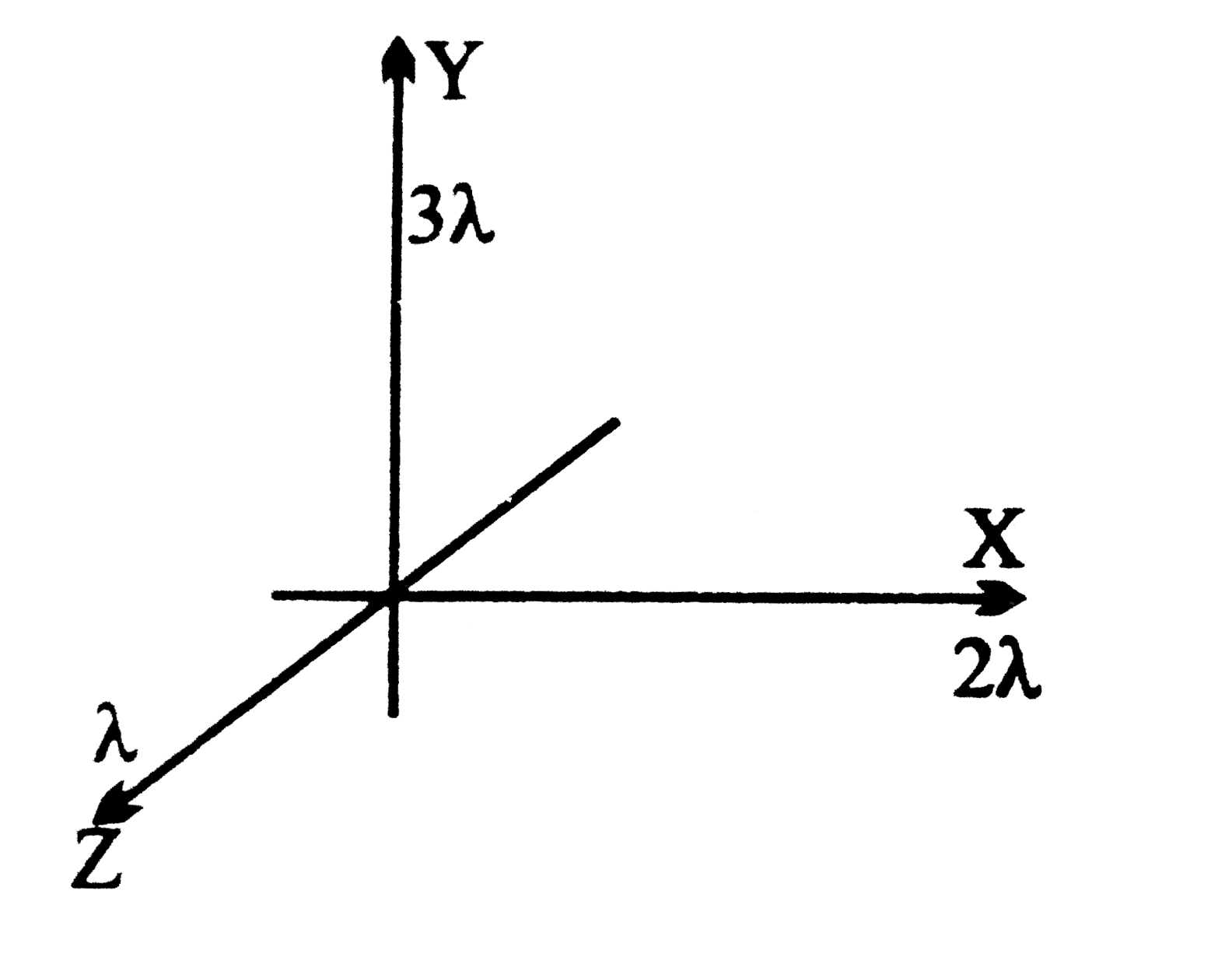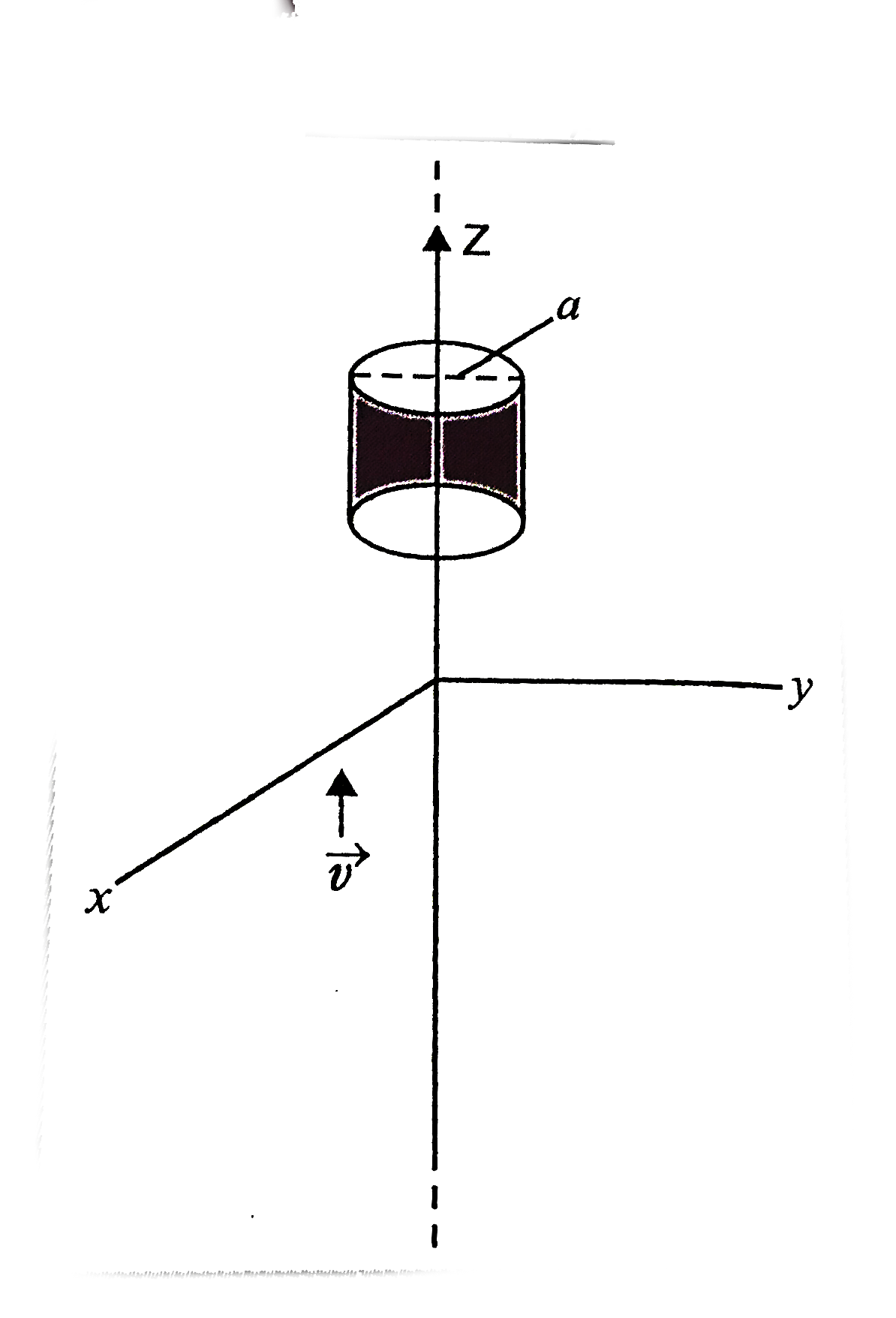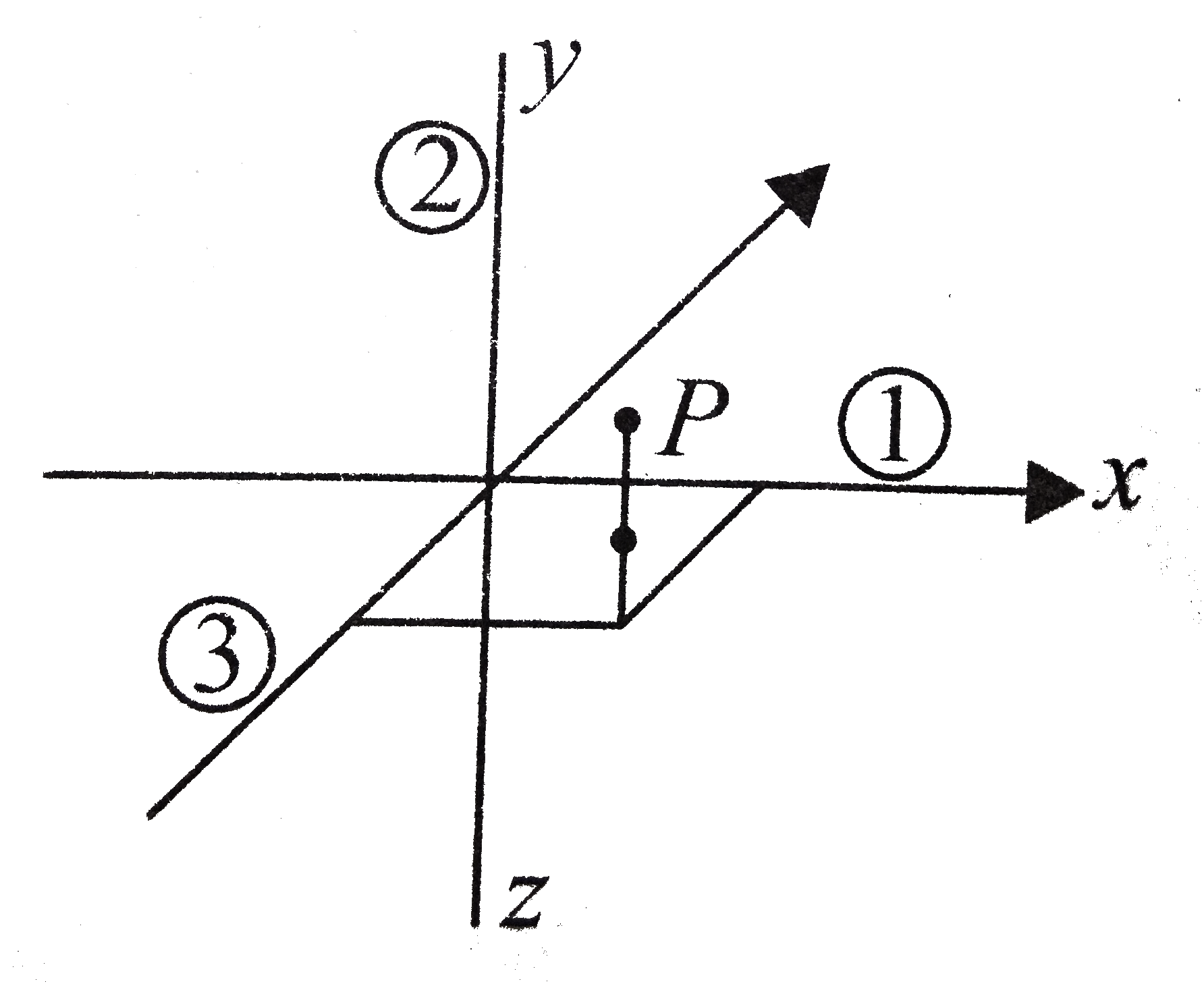The diagram shows three infinitely long uniform line charges placed on the X,Y and Z axis . The work done in moving a unit positive charge from (1,1,1) to (0 , 1,1,) is equal to
 .
.
(λ.ln2)/2πε0
(λ.ln2)/πε0
(3λ.ln2)/2πε0
None
The correct Answer is:B
W=∫1√22kλrdr−∫1√2(2k0λrdr,Q=λln2πe0
Topper's Solved these Questions
- ELECTROSTATICSBOOK - VMC MODULES ENGLISHCHAPTER - ELECTROSTATICSEXERCISE - JEE MAIN
65 Videos
- ELECTROSTATICSBOOK - VMC MODULES ENGLISHCHAPTER - ELECTROSTATICSEXERCISE - JEE Advanced (Archive)
89 Videos
- ELECTROSTATICSBOOK - VMC MODULES ENGLISHCHAPTER - ELECTROSTATICSEXERCISE - LEVEL - 1
105 Videos
- ELECTROMAGNETIC INDUCTION & ALTERNATIVE CURRENT BOOK - VMC MODULES ENGLISHCHAPTER - ELECTROMAGNETIC INDUCTION & ALTERNATIVE CURRENT EXERCISE - IMPECCABLE
52 Videos
- ENERGY & MOMENTUMBOOK - VMC MODULES ENGLISHCHAPTER - ENERGY & MOMENTUMEXERCISE - JEE ADVANCE (ARCHIVE) - TRUE/FALSE TYPE
1 Videos
Similar Questions
Knowledge Check
An infinitely long thin wire carrying a uniform linear static charge density λ is placed along the z-axis Fig. The wire is set into motion along its length with a uniform velocity →v=vˆk. Calculate the poynting vector →S=1μ0(→E×→B).
 A−λ2v4π2ε0a2ˆkBλ2v4π2ε0a2ˆiCλ2v4π2ε0a2ˆkD−λ2v4π2ε0a2ˆi
A−λ2v4π2ε0a2ˆkBλ2v4π2ε0a2ˆiCλ2v4π2ε0a2ˆkD−λ2v4π2ε0a2ˆi
Find the electric field vector at P (a,a,a) due to three infinitely long lines of charges along the x-, y- and z-axis, respectively. The charge density i.e. charge per unit length of each wire is (λ),

View SolutionThe arc AB with the centre C and the infinitely long wire having linear charge density λ are lying in the same place. The minimum amount of work to be done to move a point charge q0 from point A to B through a circuit path AB of radius a is equal to

View SolutionA dipole of 2μC charges each, consists of the positive charge at the point P (1, -1) and the negative charge is placed at the point Q(-1, 1). The work done in displacing a charge of +1μC from point A(−3,−3) to B (4, 4) is
View SolutionWhen the positively charged hanging pendulum bob is made fixed, the work done in slowly shifting a unit positive charge from infinity to P is V. If the pendulum is free to move, the corresponding work done id V'. Then.
View SolutionWhat is the work done in moving a test charge q through a distance of 1 cm along the equatorial axis of an electric dipole ?
View SolutionA charge of 5μC is placed at the center of a square ABCD of side 10cm. Find the work done (inμJ) in moving a charge of 1μC from A to B.
View SolutionAn infinitely long thin wire carrying a uniform linear static charge density λ is placed along the z-axis Fig. The wire is set into motion along its length with a uniform velocity →v=vˆk. Calculate the poynting vector →S=1μ0(→E×→B).

View Solution

